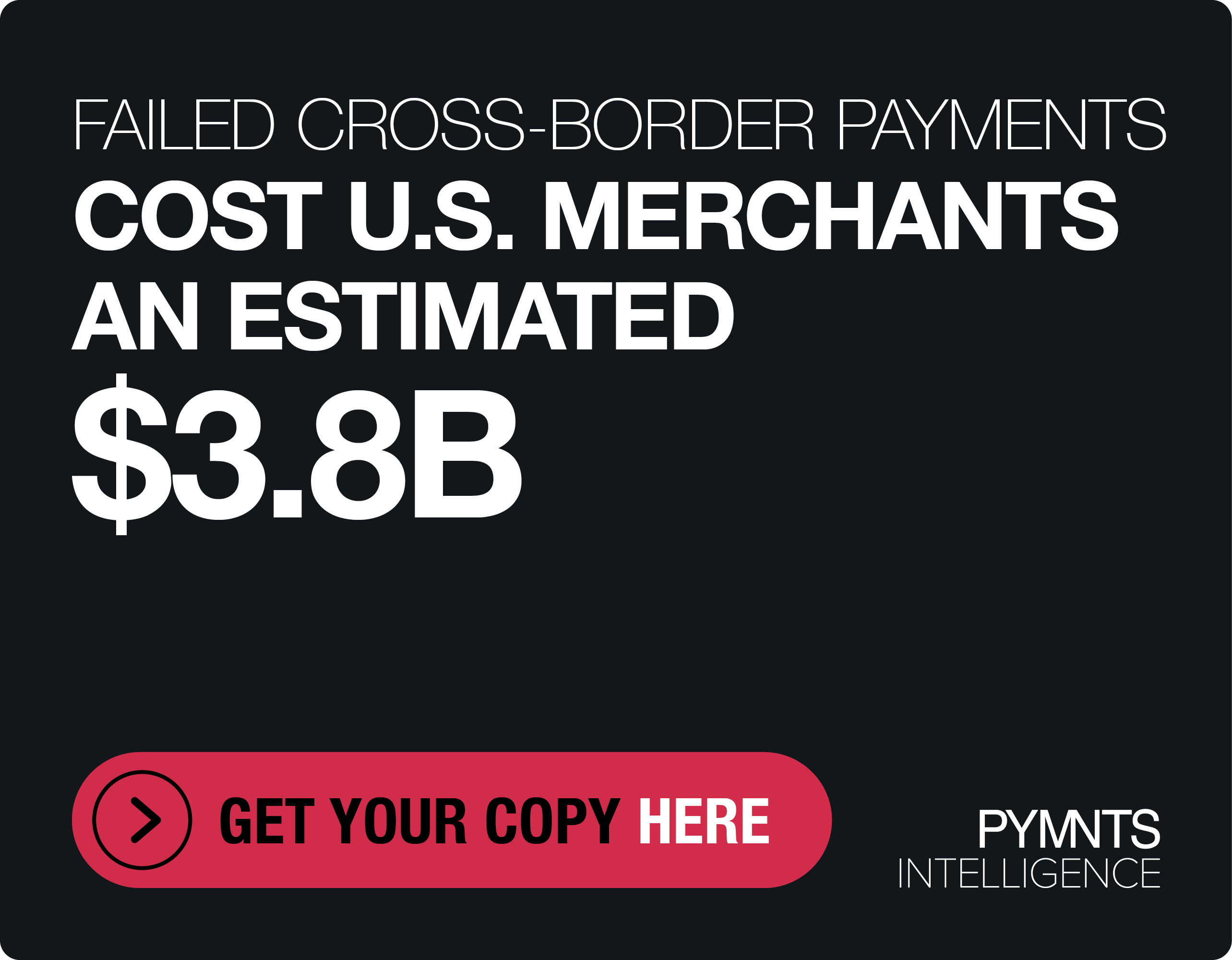Credit Unions: Better Together

The best offense is a good defense. It’s true in sports, and also true in disaster preparedness. Simply reacting is often too little, too late. When conditions are bad enough, it may not even be possible. Natural disasters like recent hurricanes Harvey and Irma that devastated parts of Texas and Florida are easier to weather when there is a plan and a structure in place before they happen.
With thousands of people displaced for days, weeks and potentially even months, any concern they can cross off their lists is welcome — and having access to their finances while away from home is a big one, says Kathy Herziger-Snider, senior vice president of ATM and debit at CO-OP Financial. A FEMA emergency relief check does little good if the recipient has nowhere to deposit it, and not every financial institution (FI) has a mobile app.
Members of bigger banks struggle less with this because those banks have many branches that can serve customers who have lost access to their home branches, said Herziger-Snider. But, for smaller organizations — and for credit unions in particular, which inspire fierce loyalty in customers but generally can’t afford to establish chains of physical branches — a different system is needed in times of disaster.
The Worst Of Times
That’s where CO-OP says it is playing offense. The company facilitates shared branching between credit unions across the U.S. by serving as a hub for the 1,800 credit unions and 5,600 shared branches participating in its network. With shared banking, Herziger-Snider explained, members of any of the participating credit unions can go to any branch in the network to receive the same service they would at their home branch.
That means if a disaster like Hurricane Harvey or Irma leaves the home branch flooded or otherwise inoperable, credit union members still have somewhere they can go — in fact, a lot of somewheres they can go — to make their loan payments on time, transfer money between accounts and conduct other business as usual. There are even offline authorization methods so members and transactions can still be authenticated even if connectivity is disrupted by the disaster scenario.
Herziger-Snider said CO-OP also partners with state organizations, both to set up credit unions in the first place and to power connections between them. That is the case with Cornerstone in Texas and Shared Services for Credit Unions in Florida, both of which have partnered with CO-OP since the recent hurricanes to set up 1-800 numbers and publicize open branch and ATM locations.
That requires planning ahead. Having network rules, offline authorization, security policies and generally good, standard business practices in place can all contribute to stability when the unexpected happens.
The Best Of Times
While credit unions tend to be highly regionalized, having just one or a handful of retail locations, Herziger-Snider said participating in the network gives them many of the same advantages enjoyed by much larger institutions but without having to compromise on core values.
There are 1,800 credit unions with access to 5,600 branch locations in the CO-OP network, a number that Herziger-Snider noted is only 500 branches fewer than Wells Fargo, the largest branch network in the country. CO-OP just surpassed Chase for the number two slot, in fact. Those numbers beg the question: How in the world does a company get that many competitors to work together for the greater good of their customers?
The answer, according to Herziger-Snider, lies in the fundamental nature of credit unions.
First, unlike the big banks, credit unions are not driven by competition with one another, she said. Rather, the business model is all about enabling members and consumers to conduct business in the way that serves them best, so joining a national shared branch network just makes sense. Otherwise, how would the union serve its members while they are traveling for work, on vacation, moving to a new city — or, heaven forbid, displaced from their homes by a natural disaster?
Second, while banks and credit unions both have a responsibility to their shareholders, the big difference is that credit union shareholders are the people who hold accounts with the institution. Big banks may serve their customers well, but they are ultimately driven by profit and ensuring that shareholders see value, said Herziger-Snider.
While big banks may do good things within communities, credit unions are built on the very principle of community, she explained. They’re also people-driven, not profit-driven. As many customers grow disillusioned by big banks, they are increasingly turning to credit unions instead — although, admittedly, the lower fees may also be attractive.
Today, credit unions enjoy stronger membership than ever, despite the fact the number of individual unions has declined. Herziger-Snider said the market has consolidated over the last 50 years through a series of regionally-strategic mergers and acquisitions. Collectively, though, credit unions now serve 110 million customers nationwide, she noted, and that is a definite sign of health.
